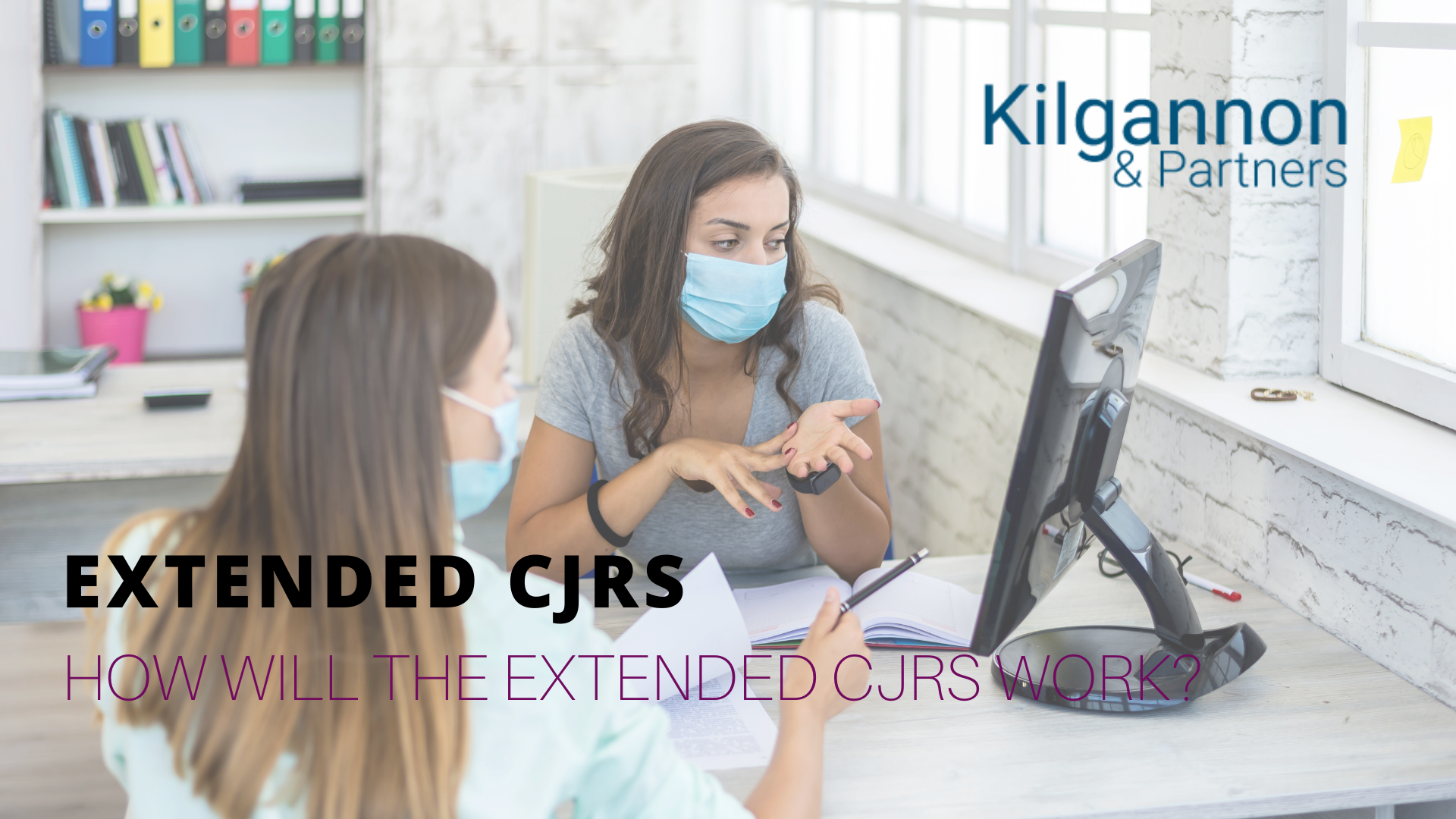Extended CJRS
How will the extended CJRS work?
At the time of drafting this, we are still waiting for the official government guidance to be updated to reflect the media reports and Chancellor’s announcement as to how the extended CJRS will work.
The two main Government guidelines we tend to look at both refer back to July and August dates, so appear incorrect in that regard, but both say they were updated on 1st November 2020.
While both of these record that they were updated on 1st November they do not yet record the key changes; that the extended CJRS applies to new entrants who do not need to have been previously furloughed, but just on your payroll as at 30 October 2020. Also, they do not record that any employees on your payroll as at 23rd September 2020 also qualify if you have made them redundant or they have stopped working for you.
There are many media reports that all confirm how the extended CJRS will work, but until we have the official government guidance to support that we are unable to be absolutely certain that the extended CJRS will work as reported. So far, its claimed that the extended CJRS will:
- commence on 1 November 2020 meaning there is no gap from the previous CJRS that was due to end on 31st October;
- pay 80% of wages for employees up to a cap of £2,500 per month;
- not pay NIC or pension contributions, so you, as employers will need to pay this;
- not prevent any topping up, so you are free to top-up your furloughed employees’ wages beyond 80% for hours not worked (but are not required to do so);
- allow your staff to work flexibly and on a part-time basis with them being part furloughed for hours they cannot work. You will have to pay their wages for hours worked and any NIC or pension contributions on all wages;
- we think, be open to new entrants not previously furloughed provided they were on your payroll on 30th October 2020 (or 23rd September 2020 if they have stopped working for you);
- delay the job support scheme that was due to start on 1st November – it has been postponed; and
- run until December 2020 (although we don’t know if that’s early or late December; presumably it will coincide with the end of lockdown).
Whether you need to seek fresh agreement with staff you wish to furlough will probably depend on whether an employee has come off furlough or remained furloughed up to 31st October 2020. If you are extending it, a simple extension letter to the previous agreement should be sufficient. If you are entering into a new agreement then a fresh letter might be best to record compliance with the new rules (once we officially know what they are).
We expect that many of the former CJRS rules will continue to apply meaning that you cannot allow anyone on furlough leave to work for you (but they can undertake training or voluntary work) and you need to keep written records of the arrangements in place for six years.
If you would like any further information or want to discuss any of these issues then please contact the writer, Emily Kidd, via ek@kilgannonlaw.co.uk
or on 01483 388 900.
Kilgannon & Partners LLP is a specialist employment law firm where our experienced employment law partners offer practical, prompt and professional employment law and HR advice.
3rd November 2020. © Kilgannon & Partners LLP

A full time employee that is over 21 will soon be earning nearly £24,000 per annum which could mean that more employees are close to the minimum wage. Having an employee working close to the minimum wage poses risks to businesses. For example, if an employee works any overtime, they may then fall below the minimum wage.

The UK Home Office has expanded its sponsor licence priority services to offer greater flexibility and faster processing for prospective and current sponsors of migrant workers.
Removal of the Pre-Licence Priority Service Cap
Previously, the Home Office limited the number of daily applications for its pre-licence priority service to 30. This daily cap has now been removed. The pre-licence priority service is designed for organisations that have applied for a sponsor licence and seek to bring skilled workers to the UK more swiftly. By paying a £500 fee, applicants can reduce their waiting time from approximately eight weeks to around ten working days.

Kilgannon and Partners are pleased to post that our client, Carmen Chevalier-Firescu, has succeeded in defending an appeal from HSBC about the strike out of her claim in the Court of Appeal. Carmen’s claim was initially struck out by the East London Employment Tribunal. One of the reasons given was that it was not just and equitable to extend time. The Employment Appeal Tribunal decided that this needed to be revisited by the Tribunal. This led to HSBC appealing to the Court of Appeal to try and reinstate the original decision.

At Kilgannon and Partners, we are proud to support the movement towards more flexible working arrangements, as emphasised in the recent report by Pregnant Then Screwed. This groundbreaking report sheds light on the transformative impact flexible working can have on employees, employers, and society as a whole.

Unfair dismissal claims are among the most common types of cases brought before employment tribunals. Defending these claims effectively requires careful strategy, meticulous preparation, and a strong understanding of the legal complexities involved. This article outlines key strategies for UK employers to maximise their chances of success in unfair dismissal cases.







